-
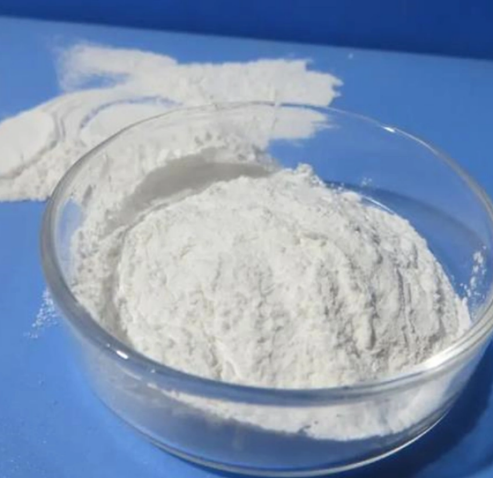
5′-Deoxy-5-fluorocytidine CAS:66335-38-4
5′-Deoxy-5-fluorocytidine is a synthetic nucleoside analog that is being investigated for its potential antiviral activity, particularly against RNA viruses like hepatitis C virus (HCV) and flaviviruses. It works by interfering with the replication of the viral genetic material, ultimately inhibiting the virus’s ability to multiply and spread within the body.
-

Adenosine 5′-monophosphate CAS:61-19-8 Manufacturer Price
Adenosine 5′-monophosphate (AMP) is a nucleotide that serves as an important building block for the synthesis of RNA and ATP (adenosine triphosphate), which is a critical energy carrier within cells. In addition to its role in nucleic acid synthesis, AMP also acts as a signaling molecule in various cellular processes and is involved in the regulation of metabolism. AMP is an integral component of the cellular energy metabolism and plays a crucial role in maintaining the balance of energy production and utilization within the cell.
-
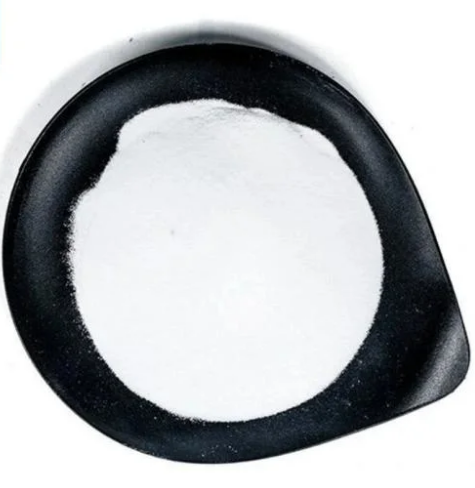
Sodium 4-amino-1-((2R,3R,4S,5R)-3,4-dihydroxy-5-(hydroxymethyl)tetrahydrofuran-2-yl)-2-oxo-1,2-dihydropyrimidin-5-yl hydrogendiphosphate CAS:54394-90-0
Sodium 4-amino-1-((2R,3R,4S,5R)-3,4-dihydroxy-5-(hydroxymethyl)tetrahydrofuran-2-yl)-2-oxo-1,2-dihydropyrimidin-5-yl hydrogendiphosphate, is commonly known as adenosine diphosphate (ADP). It is a crucial molecule involved in various cellular processes, including energy transfer, enzyme co-factor activity, and signal transduction. ADP is integral to cellular respiration and ATP synthesis. It has wide-ranging applications in biological research, diagnostics, pharmaceutical development, and biochemical studies due to its importance in cellular biochemistry, energy metabolism, and drug development. Additionally, ADP is a significant target for drug development, particularly in the context of cardiovascular diseases and thrombosis, as ADP receptor antagonists are used as antiplatelet drugs.
-
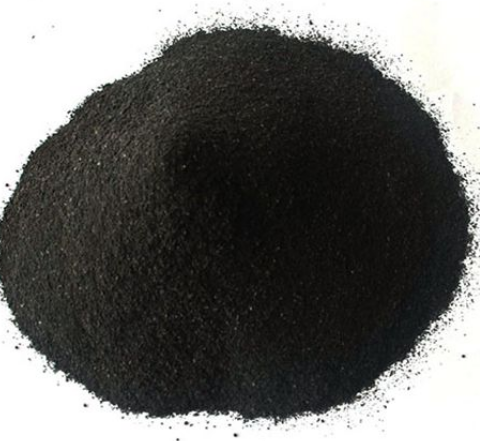
Chloroiridic acid CAS:110802-84-1 Manufacturer Price
Chloroiridic acid, also known as iridium tetrachloride, is a chemical compound with the formula H2IrCl6. It is a dark red, hygroscopic solid that is soluble in water. This compound is a common precursor for various iridium complexes used in catalysis and materials science. It is often employed in the synthesis of organoiridium compounds and inorganic iridium materials. Chloroiridic acid possesses interesting chemical and physical properties that make it useful in a variety of applications, particularly in the field of homogeneous catalysis and materials chemistry.
-
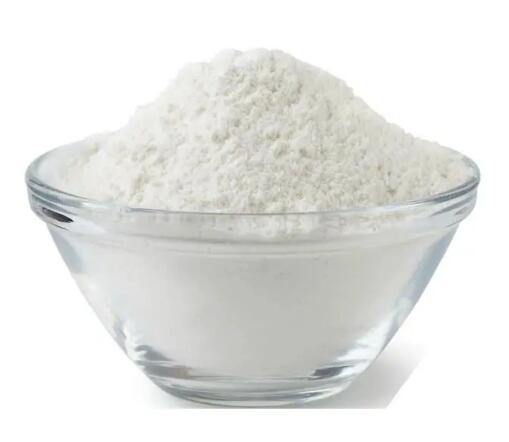
Adenosine Cyclophosphate CAS:60-92-4 Manufacturer Price
Cyclic adenosine monophosphate (cAMP) is a critical secondary messenger molecule that plays a key role in intracellular signal transduction. It is involved in a wide range of cellular processes, including metabolism, gene expression, and neurotransmission. cAMP is synthesized from ATP by the enzyme adenylate cyclase and functions by activating protein kinase A (PKA) and other downstream effectors, leading to various physiological responses in the cell. Its versatile functions make cAMP an essential mediator of cellular signaling pathways.
-
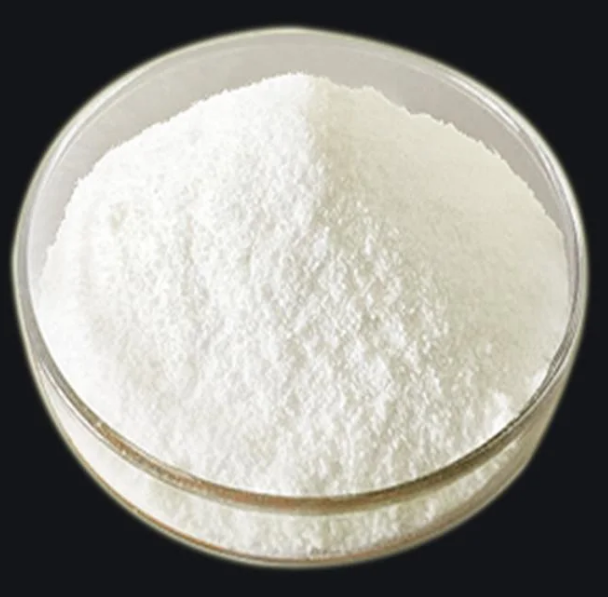
dCMP, 2′-Deoxycytidine 5′-monophosphate, free acid CAS:1032-65-1
2′-Deoxycytidine-5′-monophosphoric acid, also known as dCMP, is a nucleotide monophosphate that plays a crucial role in DNA synthesis and repair. It is a fundamental building block for the construction of DNA molecules and is essential for the transfer of genetic information. dCMP is involved in diverse cellular processes including replication, transcription, and DNA repair. Its structural and functional significance make it a key component in the study of genetics, molecular biology, and pharmaceutical research.
-
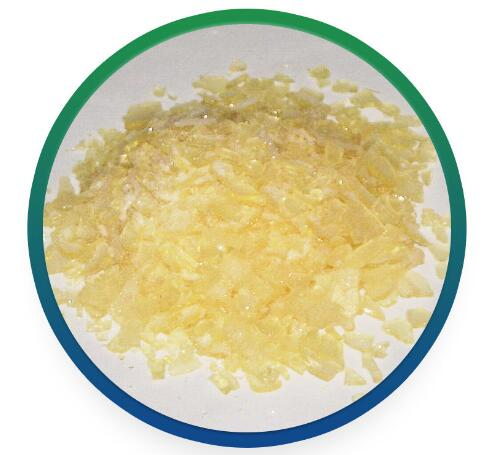
6-Chloropurine CAS:87-42-3 Manufacturer Price
6-Chloropurine is a chemical compound belonging to the purine family. It is a derivative of purine, which is an important building block of DNA and RNA. 6-Chloropurine is used in organic synthesis and pharmaceutical research as a precursor for the preparation of various purine derivatives and pharmaceutical compounds.
-
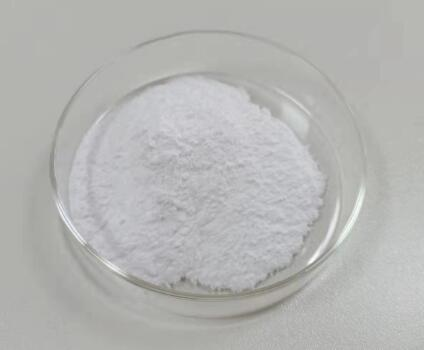
IBMX, 3-isobutyl-1-methylxanthine CAS:28822-58-4
3-isobutyl-1-methylxanthine, also known as IBMX, is a methylxanthine derivative that is commonly used in scientific research as a non-specific inhibitor of cyclic nucleotide phosphodiesterases. It is known to increase intracellular levels of cyclic AMP (cAMP) and cyclic GMP (cGMP) by inhibiting their breakdown, which can in turn modulate various cellular signaling pathways.
In addition to its research applications, IBMX has been used in some medical settings for its bronchodilator and vasodilator effects. However, its use in human medicine is limited.
-
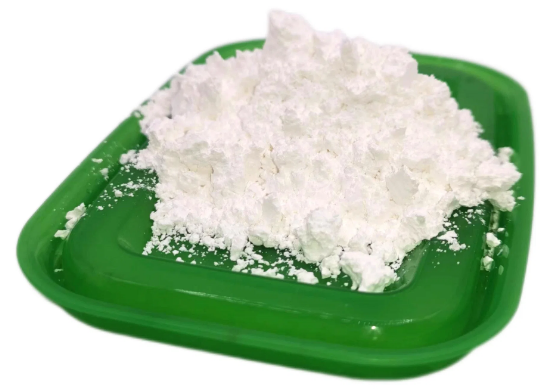
5-Fluoro-2′-deoxyuridine CAS:50-91-9
5-Fluoro-2′-deoxyuridine is a synthetic nucleoside analog that inhibits DNA synthesis. It has been studied for its potential antiviral and antitumor properties. Additionally, it is used as a research tool in molecular biology and biochemistry.
-
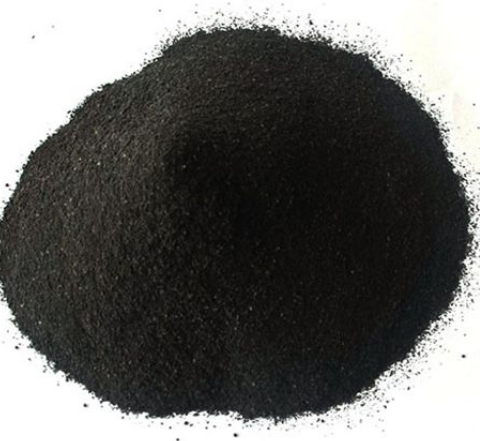
Trypan Blue CAS:72-57-1 Manufacturer Price
Trypan Blue is a diazo dye that is commonly used in biology and medicine. It is frequently employed as a vital stain to selectively color dead cells, allowing for the differentiation of live and dead cells in cell culture. Trypan Blue is often used in cell viability assays to assess cell health and is also utilized in laboratory research, such as in counting viable cells using automated cell counters. Additionally, it has applications in ophthalmic surgery, where it is used to stain the anterior capsule of the lens during cataract surgery to aid in visualization.
-

xylenecyanol ff CAS:2650-17-1 Manufacturer Price
Xylene cyanol FF is a tracking dye commonly used in molecular biology applications, such as agarose and polyacrylamide gel electrophoresis. It is used to monitor the progress of the DNA or RNA samples through the gel during electrophoresis, as well as to estimate the migration distance of the nucleic acid. Xylene cyanol FF typically migrates with a size range of DNA or RNA fragments that have approximately 4,000 – 6,000 base pairs.
-
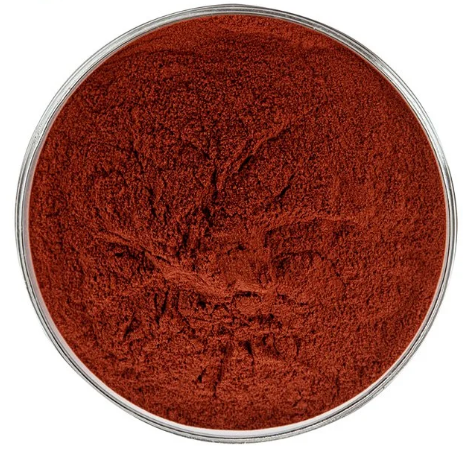
Coomassie brilliant blue R-250 CAS:6104-59-2
Coomassie Brilliant Blue R-250 is a commonly used dye in protein research and electrophoresis. It is especially noted for its use in staining proteins in polyacrylamide gel electrophoresis (PAGE). Due to its strong affnity for proteins, it binds to them, resulting in a highly visible blue color that allows for the visualization and quantification of proteins. Additionally, it is often used in protein purification processes as a dye for assessing protein concentration and assessing the success of the purification process.

